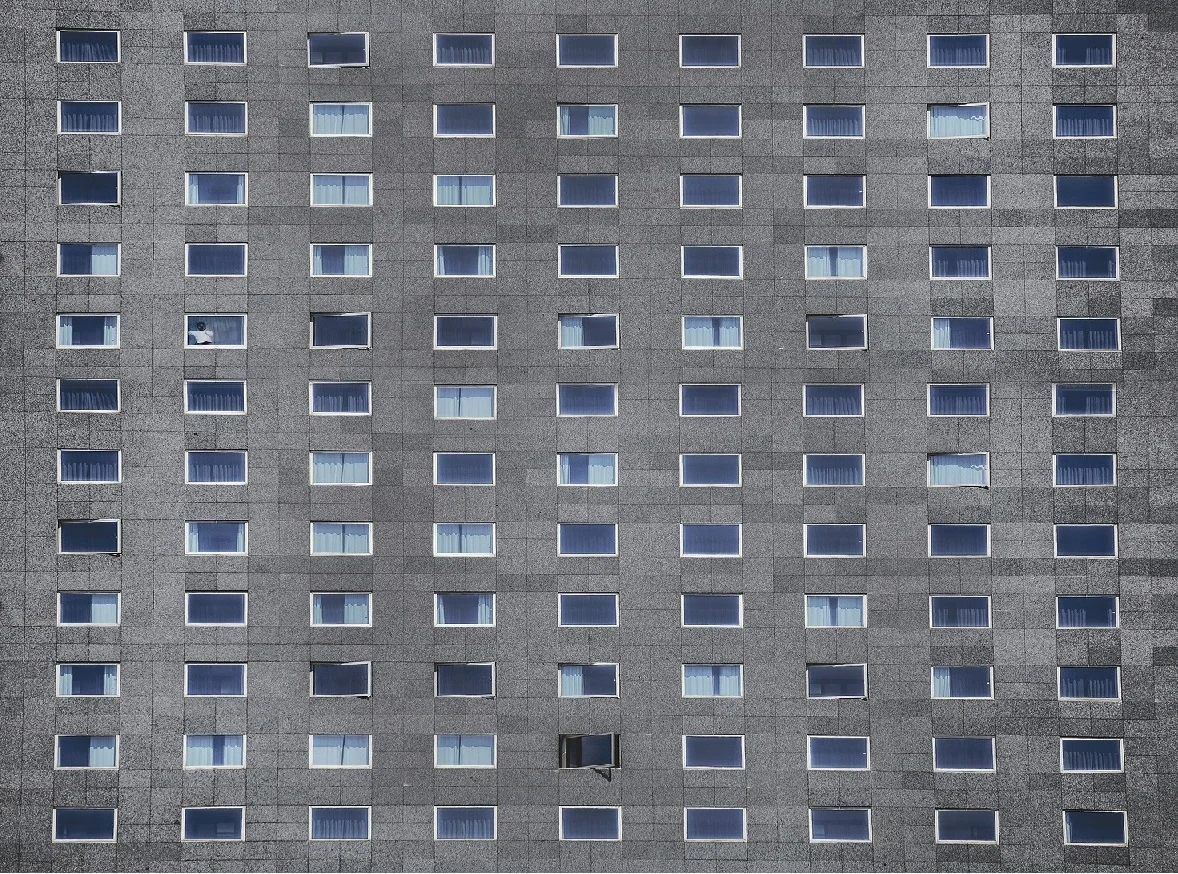
Gaps in NSW flammable cladding audit place even greater pressure on building owners and body corporations
Published on October 30, 2018
Building inspections by Fire & Rescue NSW do not identify type of cladding or compliance with building codes
Despite launching a state-wide audit to identify buildings with flammable cladding the NSW Government has confirmed that determining the type of cladding on buildings and / or its compliance with building codes is not undertaken.
The NSW Government has established a Fire Safety and External Wall Cladding Taskforce, which included action items to:
- Conduct an audit to identify buildings that are most likely to contain aluminium cladding and other types of cladding and provide information to owners and managers of those buildings; and
- Ensure Fire & Rescue NSW inspect every building identified to operationally assess the cladding and determine if further action is required and where further action is needed refer the buildings to the relevant consent authority such as local council.
In response to questions in Budget Estimates, NSW Emergency Minister Troy Grant about enforcement of the new ban on combustible cladding across the state advised:
“Fire & Rescue NSW has a limited role in enforcing the NSW Government’s new ban on combustible cladding.”
Further in response to questions about the process used by Fire & Rescue NSW in determining the type of combustible cladding in buildings inspected, the Minister responded:
An inspection of a building by Fire & Rescue NSW is an operational firefighting assessment, and as such does not identify the type of cladding used on specific sites, or its compliance with the National Construction Code.
Even though Fire & Rescue does not identify the type of cladding used or its compliance with mandatory building codes, the Minister has advised 78 buildings are subject of notification by FRNSW to City of Sydney for further assessment.
When City of Sydney were asked about the number of buildings subject to any compliance reporting in relation to combustible cladding, Council advised that it is only investigating buildings where it is the consent authority.
Council pointed to the Department of Planning as responsible for inspecting any building on which the NSW Government was consent authority.
“What is clear is that the inspection and identification of buildings with potentially combustible cladding in NSW is inconsistent; with consent authorities and agencies passing responsibility to each other,” said Ben Robertson, Special Counsel, Carroll & O’Dea Lawyers.
“Crucially the lead government agency responsible for managing fire risk in the state says that its inspections are not related to identifying combustible materials
“This is despite a state-wide audit of combustible cladding being announced in the wake of the Grenfell disaster and the introduction of the Building Product Use ban in August 2018.
“As shown by the Grenfell disaster the risks of combustible cladding are stark and it is the clear responsibility of building owners and body corporates to ensure that they are compliant with bans on such products. Failure to act now may lead to liability if a fire occurs and could have an impact on relevant insurance policies.
“There is also a clear role for government to assist by ensuring the inspection and audit process is coordinated across agencies and consent authorities to deliver a consistent picture of the risk faced across NSW,” said Mr Robertson.